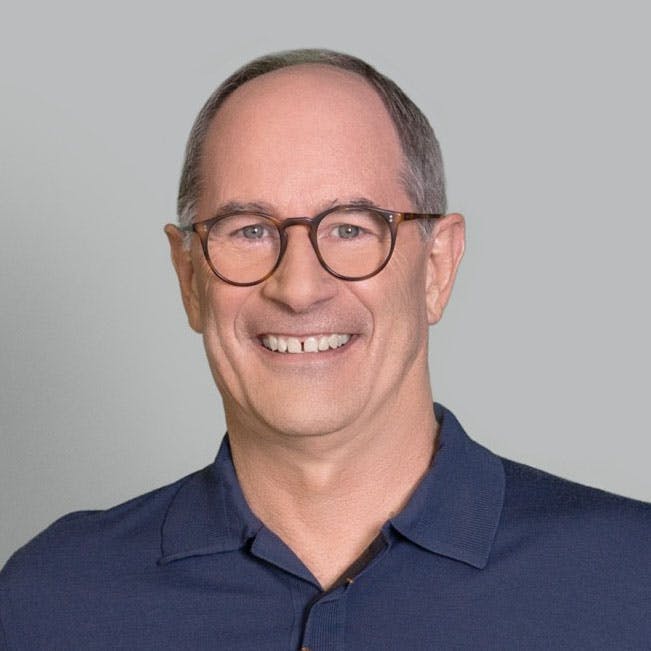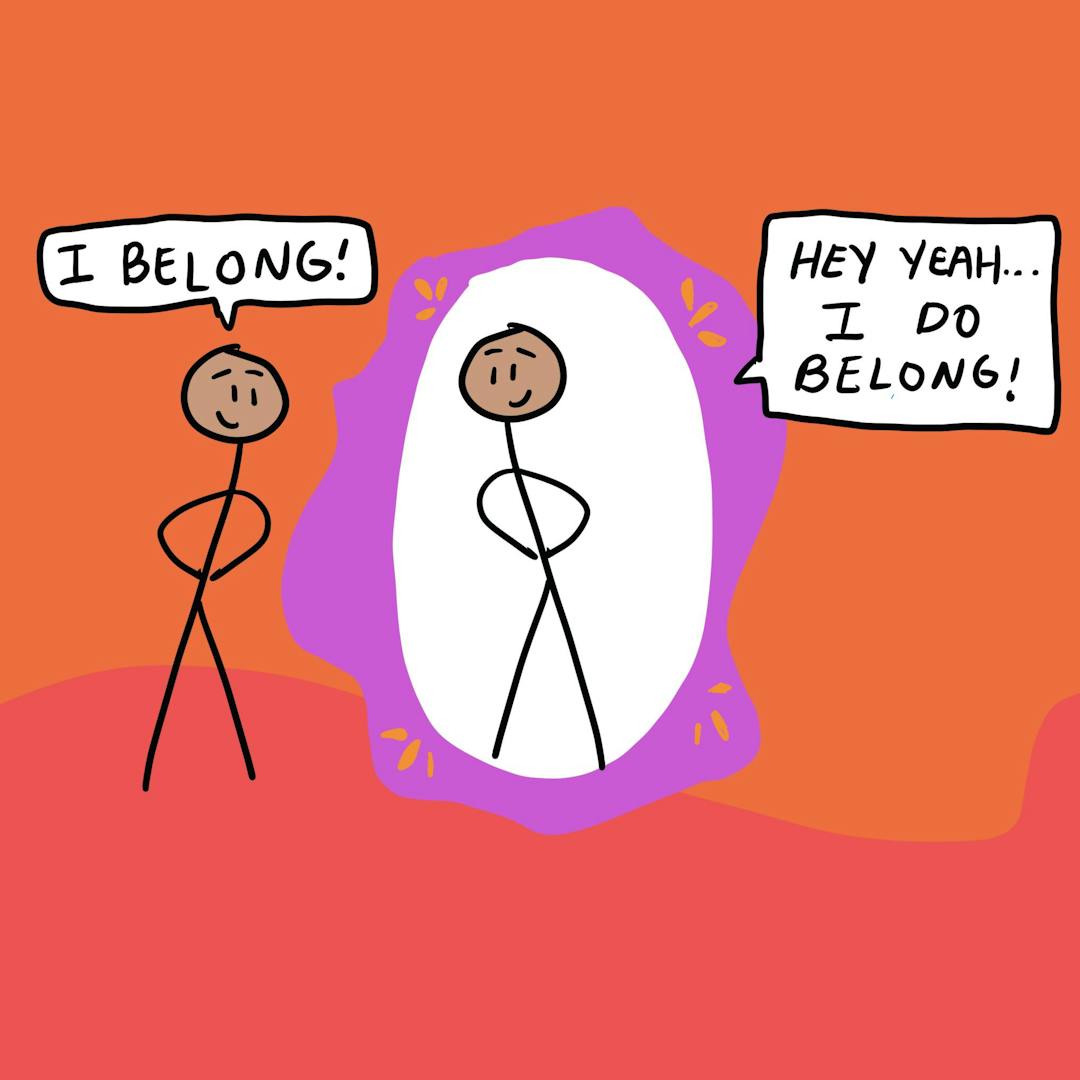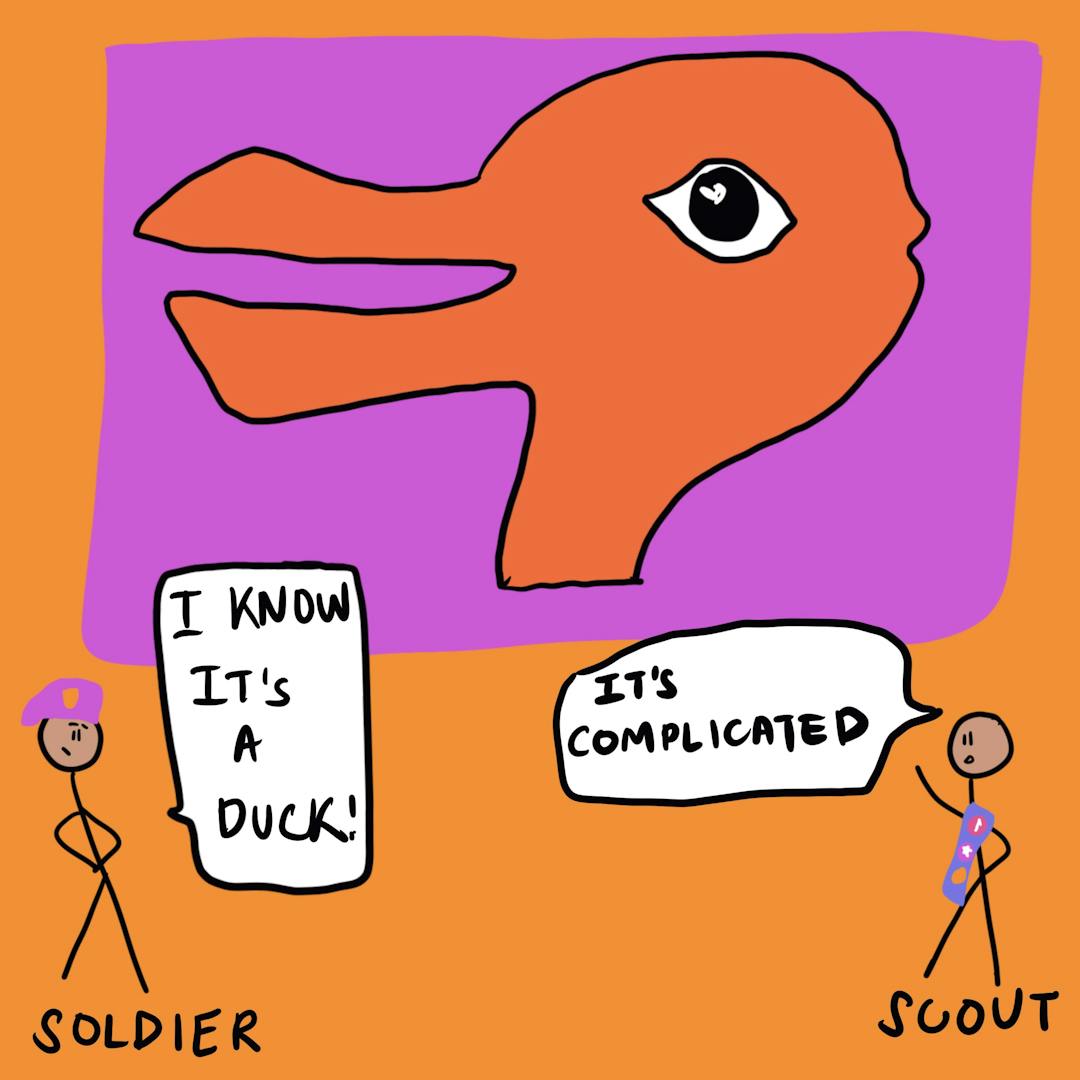Mental models for business decisions with Roger Martin
We live in this uncertain world. You never know what the future's going to hold for sure so you have to make bets about the future that are based on a model. The real key to being a successful person in life is not how smart are you on day one, it's how much better can I get? How much can I improve myself? You improve yourself through learning and consolidating that learning in order to make, hopefully, a better decision the next time.
Intro
In this episode of The Decision Corner, Brooke is joined for the second time by Roger Martin, one the the world’s leading business minds, the former dean of the Rotman School of Business, and the author of the newly released book A New Way to Think: Your Guide to Superior Management Effectiveness. This time around, the two discuss how mental models guide business decisions, and how we can restructure failing mental models to improve ourselves, our teams, and our organizations.
Topics discussed include:
- When you should give up on your mental models - and when to keep pushing at it
- Why writing down your decision making process is vital - and the dangerous behaviors that occur if you don’t
- The simple, but powerful “if-then” model
- How socializing strategy can help us scale over decision-making hurdles
- Why you should make the most skeptical person in the room in charge of test design
- How to overcome disappointing decisions - and why they are so important to make





